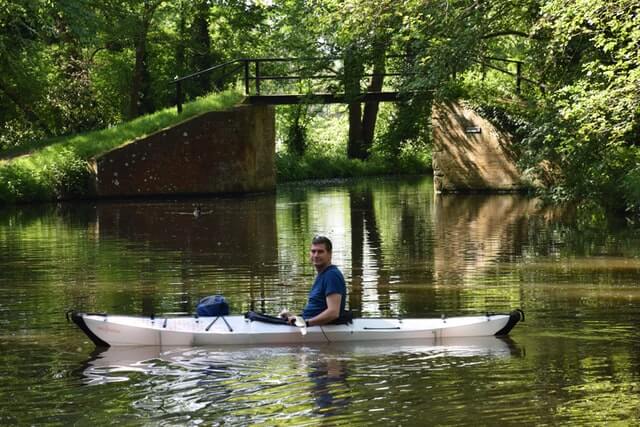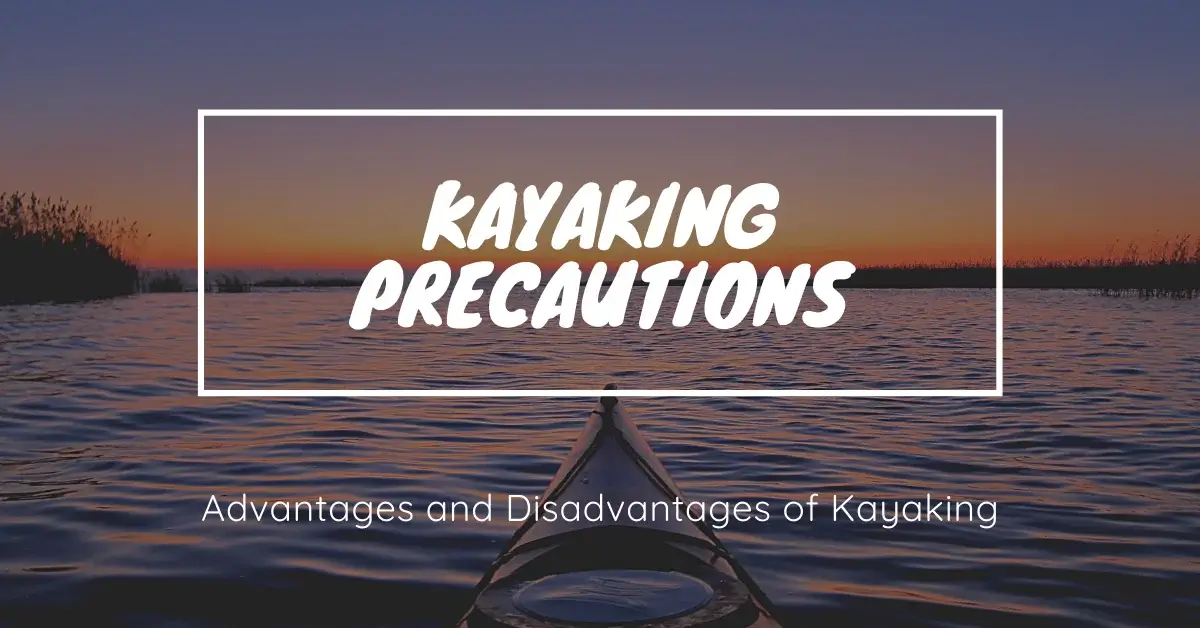There is no straight answer to this question because canoe or kayak for shallow water depends on how many travelers on kayak or canoe, their gear weight, and water conditions. At least 3 feet of water depth is needed in shallow water for a single person with minimum gears.
Canoes have more space for fishing and camping gear than kayaks. But kayak is lightweight and stable. A kayak would easily float in shallow water than a canoe.
Minimum water depth is a convincing issue for every paddler. If the water depth is too shallow in the creek then paddlers might think that it is impossible to enjoy kayaking.
Kayaking in low water is possible but before enjoying your next kayaking read this article. We listed everything you need from safety to paddling.
Is it possible to canoe or kayak in shallow water?
YES, If you are properly outfitted for shallow creek then it is possible. Kayaking in low water is frustrating but if you follow safety rules and some guidelines then kayaking would be fine. If the water bottom has an enormous rock then it is difficult to paddle in low water.
As long as the water level in the bottom is not filled with a rock then 6 inches or half foot shallow water could not stop from enjoying kayaking. Some kayaks can easily glide through the water even it is possible in 5 inches water depth without touching the bottom.
But think about paddling, how can you paddle through in just half-foot water depth. So, I recommended going for deep water, at least 3 feet of water is safe for paddling.
How shallow can a canoe go?
Typically, manufacturers inform detailed information about the water depth level for their product. Most boats need 4 to 5 inches depth to load, tandem kayaks easily float in 4 inches shallow water. Maximum 12 to 13 inches can a canoe go.
Minimum weight capacity in shallow water
A number of factors need to take into account to understand the weight capacity of a kayak. The weight of gears, kayaker body, as well as the weight of kayak itself, can affect floating in low water.
The flat bottom kayaks stream in low water easily but tandem kayaks need deeper water. Keep in mind the water flow rate before paddling.

Fishing in shallow water
Most of the fishing kayaks are lightweight but when it comes to shallow water some challenges to think about.
- Study the area where you are going kayaking. Charts, maps will help to identify the way.
- Keep life jacket for safety
- Anchoring device to positioning your boat
- A pair of polarized sunglasses will help to protect your eyes
Waves in Shallow Water and Deep Water
I have been looking for a way to enjoy the water without spending all day at the beach. That’s when I found kayaking. I can put on my life jacket, paddle through shallow water, and not worry about waves or getting tired out. It might take a little time to get used to, but after that, it is just pure enjoyment.
Typically, shallow water is more open than deep water and is often characterized by areas of reeds, grasses, and other vegetation.
Many wave actions are caused by wind. There are two types of waves in deep water, long period and short period waves. Short-period waves move faster than long-period waves. Waves in shallow water do not have the same distinction because the depth of the water affects wave speed. The shorter wavelength of shallow water waves makes them faster.
There are many differences between waves in deep water and shallow water. For example, waves in deep water are much more powerful or have a greater amplitude than waves in shallow water.
Waves in shallow water also have a lot less energy than waves in deep water. There is also a relationship between the wavelength and frequency of the wave while the amplitude is dependent on the depth of the water.
Effective ways to use a kayak paddle in shallow water
One of the most basic kayaking skills is knowing how to use your paddle in shallow water. Knowing how to use a kayak paddle in shallow water will give you the skill and confidence to explore new bodies of water.
Many kayakers are under the impression that their paddle is only useful for deep water paddling, but there are many ways to use a paddle in shallow water. A common way to use a paddle in shallow water is by plowing it through the water behind your boat.
Push your paddle away from you with one hand and then pull it towards you with the other to create waves that propel your kayak forward.
Final Thoughts
I suggest that you go by canoe for shallow water. This is because when in a kayak, you are unable to navigate shallower areas of water. I hope this article has helped you decide what type of boat will be best for your needs!


